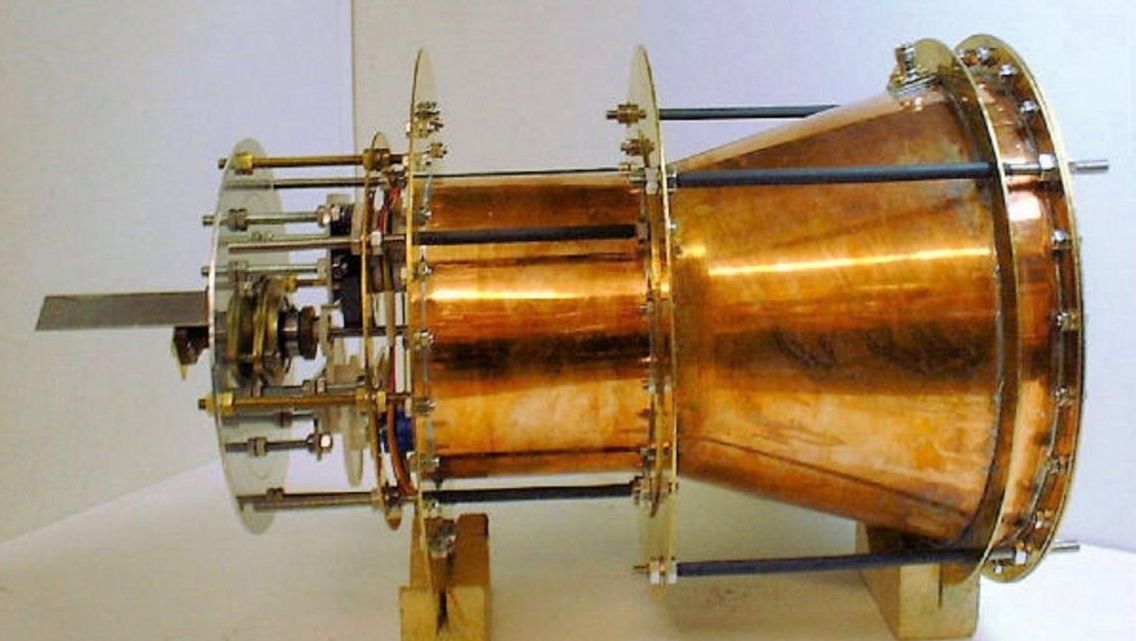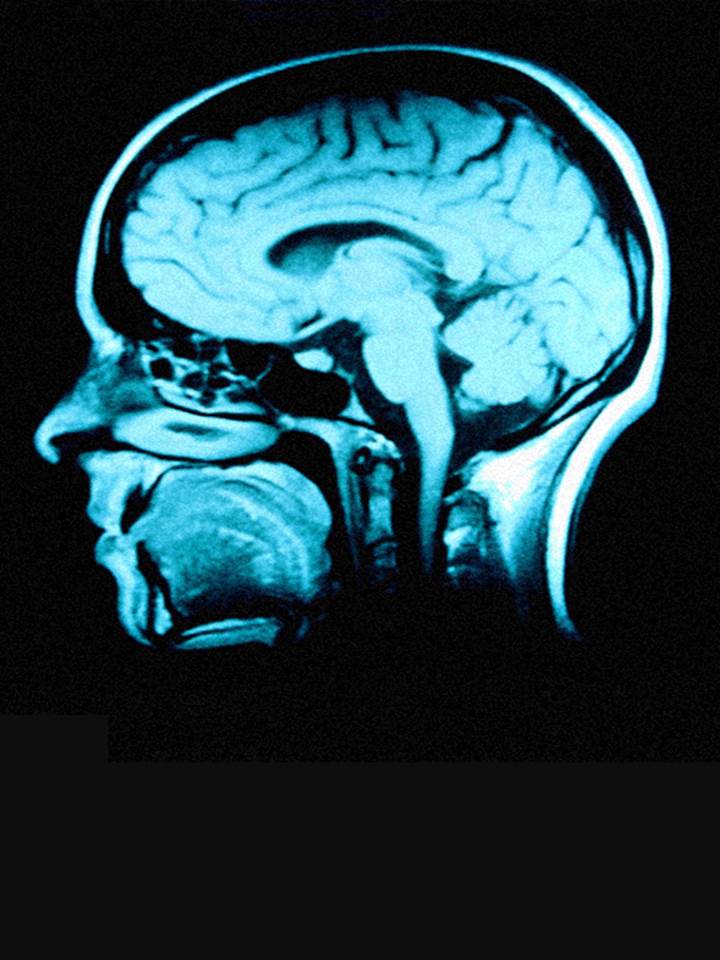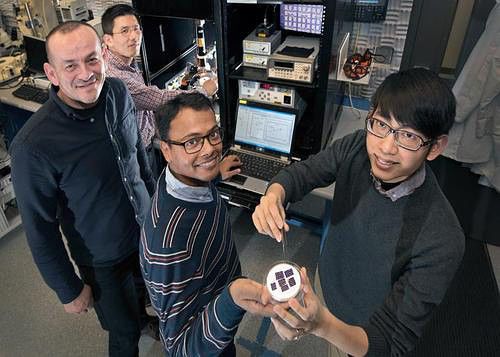Apr 20, 2016
What Does it Mean to “Move to the Cloud”? This eBook Breaks Down the Myths
Posted by Karen Hurst in categories: bitcoin, computing, employment, finance, internet, neuroscience, robotics/AI
Again; many problems with AI & IoT all ties back to the infrastructure of things. Focus on fast tracking QC and an interim solution (pre-QC) such as a mix of Nvidia’s GPU, blockchain for financial transactions, etc. to improve the infrastructure and Net then investors will begin to pay more attention to AI, etc.
After more than 60 years since its conceptual inception — and after too many hype-generating moments — AI is yet again making its presence felt in mainstream media.
Following a recent WEF report, many perceive AI as a threat to our jobs, while others even go so far to assert that it poses a real threat to humanity itself.
Continue reading “What Does it Mean to ‘Move to the Cloud’? This eBook Breaks Down the Myths” »


















